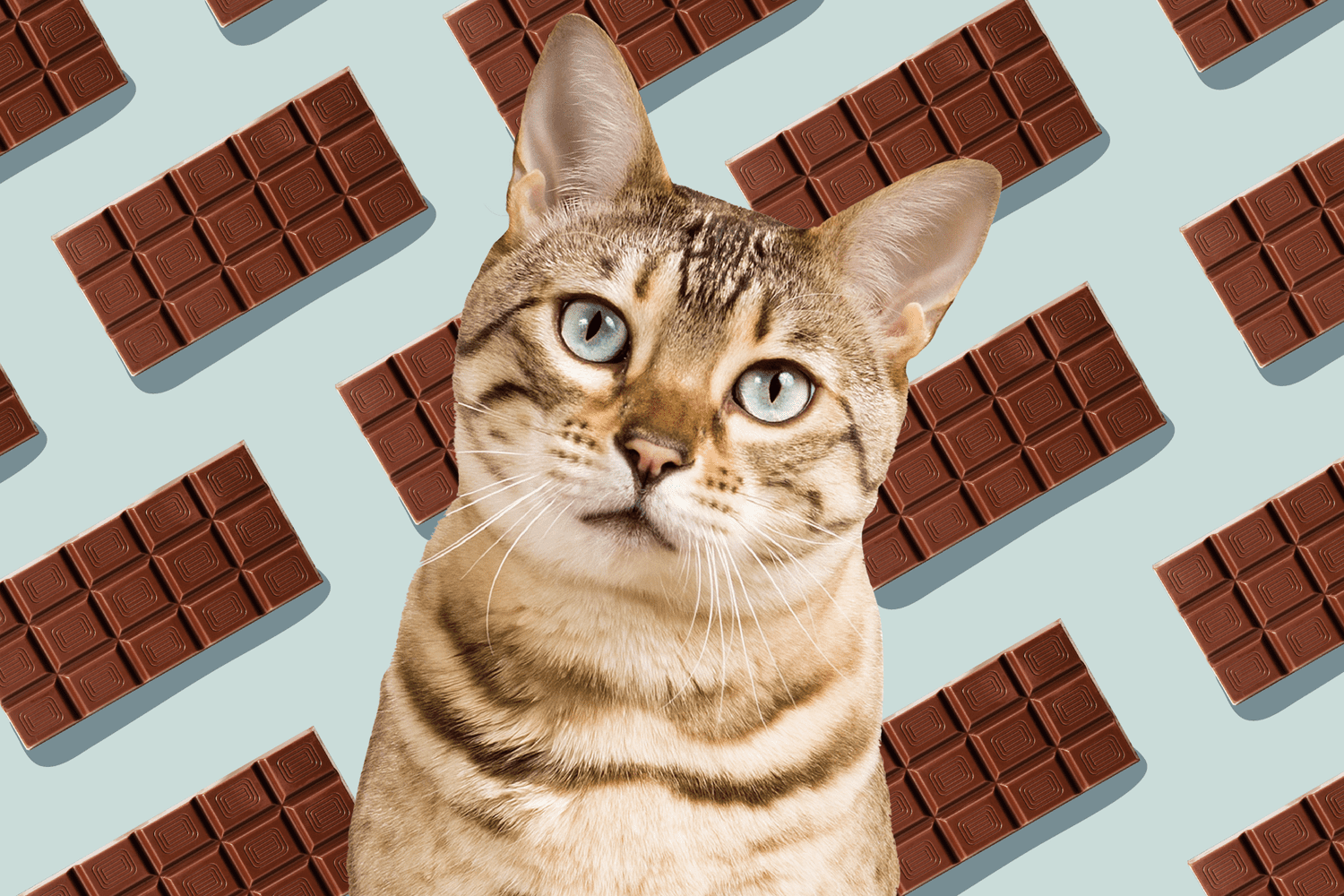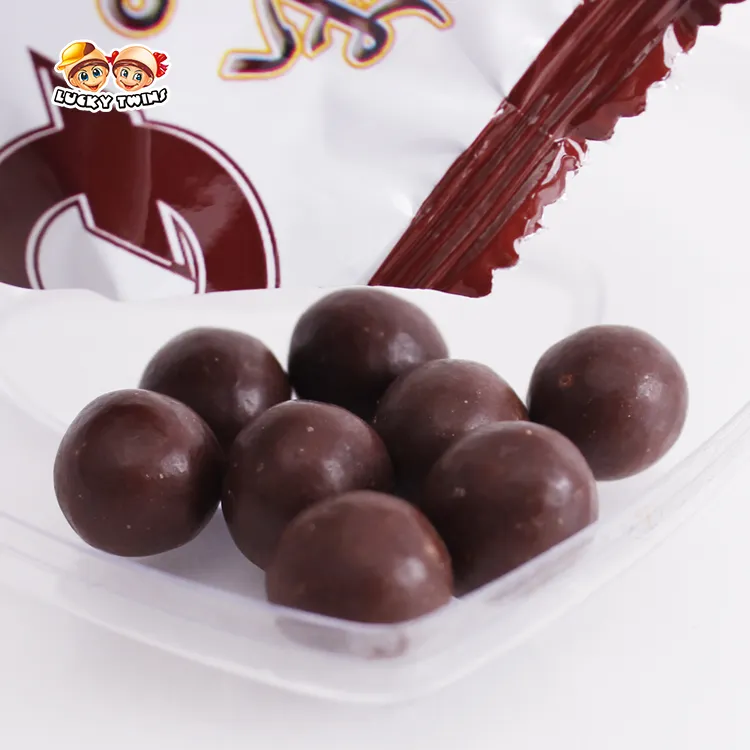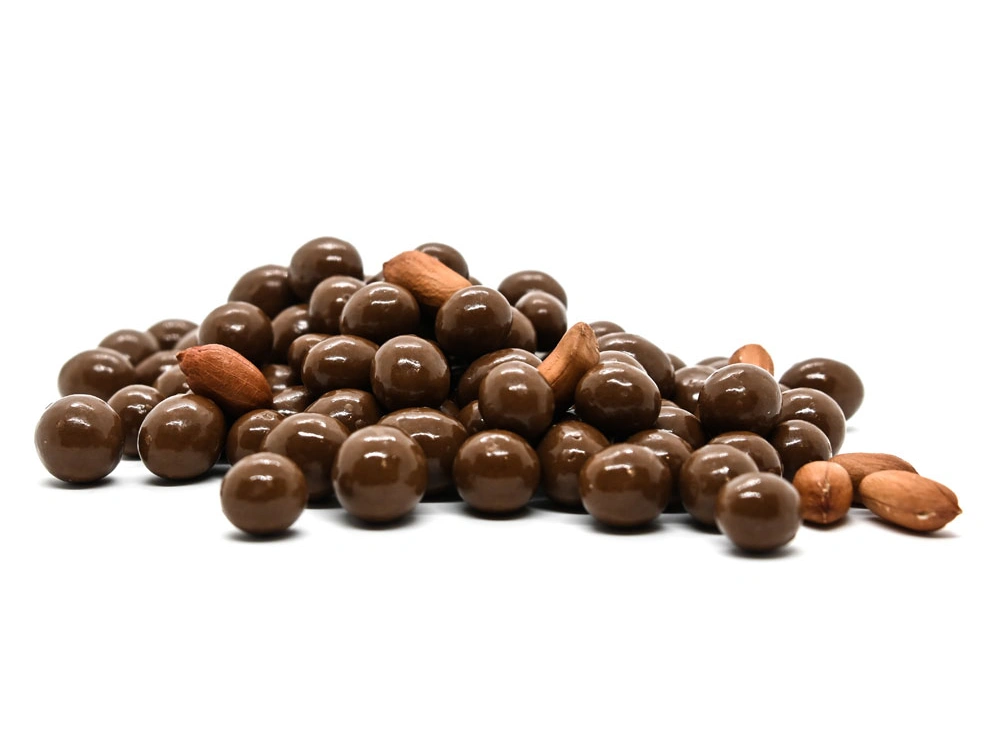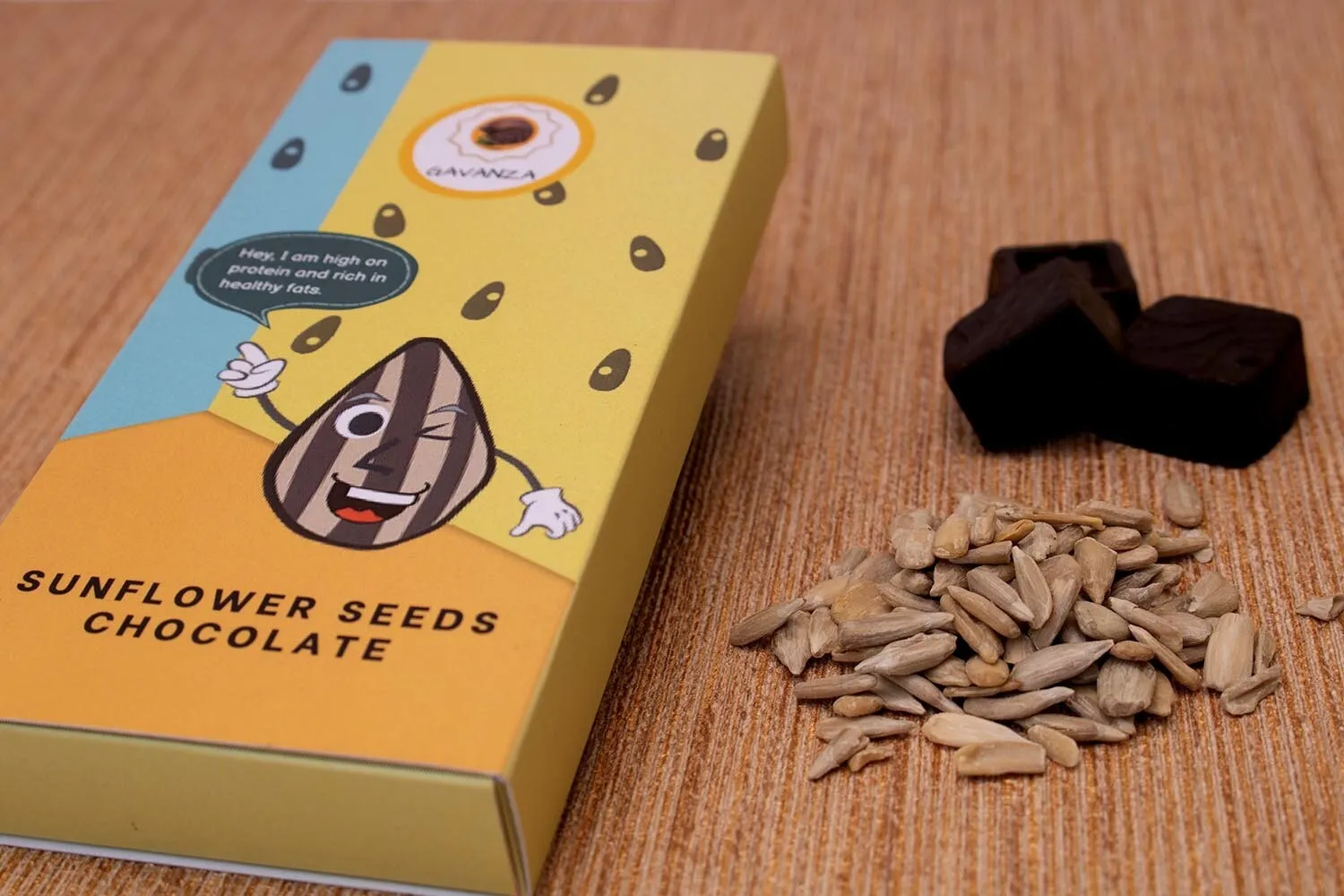おいしいチョコレートを楽しんでいるとき、猫に食べさせるべきかどうか迷ったことはないだろうか。チョコレートの魅力的な香りと甘い味は、しばしばペットにも食べさせたくなる。チョコレートは猫にとって本当に安全なのだろうか?猫はチョコレートを食べてもいいのでしょうか?
この疑問はペットの食習慣だけでなく、健康や命にも関わる。この記事では、猫がチョコレートを食べられるかどうかを深く考察し、その科学的根拠と潜在的なリスクを明らかにし、愛する猫が危険から遠ざかるための賢明な選択をする手助けをする。
チョコレートの成分
チョコレートの組成は複雑で変化しやすい食品である。チョコレートの成分を理解することは、猫への影響を理解するために不可欠である。
テオブロミンとカフェイン:チョコレートの主成分と人体への影響
チョコレートの主成分のひとつはテオブロミンで、カフェインに似たアルカロイドである。テオブロミンもカフェインもメチルキサンチン系の物質に属し、化学構造が非常に似ており、人体内での代謝経路も似ている。人間にとって、これらの成分は以下のような作用がある:
- リフレッシュ:カフェインとテオブロミンはどちらも中枢神経系を刺激し、覚醒度と集中力を高める。
- 気分を改善する:カフェインとテオブロミンの適度な摂取は、脳内のドーパミン分泌を刺激し、快感をもたらす。
- 心臓血管の健康:少量のこれらの物質は心臓血管系に有益で、心筋収縮力を高め、血液循環を促進する。
しかし、適度な摂取は人間にとって有益であるが、過剰摂取は動悸、不安、睡眠障害を引き起こす可能性がある。
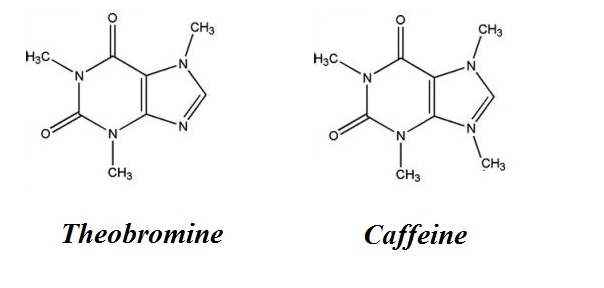
チョコレートの種類とテオブロミン含有量
テオブロミンとカフェインの含有量は、チョコレートの種類によって大きく異なる。これらの違いは、主にカカオ固形分の含有量に起因する。
- ダークチョコレートダーク・チョコレートは通常、カカオ固形分70~85%を含むため、テオブロミンとカフェインの含有量が最も高い。ダークチョコレート100gあたり、テオブロミンが約450~1600mg、カフェインが40~80mg含まれている。
- ミルクチョコレート:ミルクチョコレートのカカオ固形分は低く、一般的に10~50%である。ミルクチョコレート100gあたり、約150~450mgのテオブロミンと15~40mgのカフェインを含む。
- ホワイト・チョコレートホワイト・チョコレートにはカカオ固形分がほとんど含まれておらず、主な原材料はココアバター、砂糖、ミルクである。そのため、ホワイト・チョコレートのテオブロミンとカフェインの含有量は極めて低く、ほとんど無視できる。
猫のチョコレート中毒
チョコレートに含まれるテオブロミンとカフェインは猫にとって有毒である。これらの物質は猫の代謝プロセスに悪影響を及ぼし、様々な深刻な健康問題を引き起こします。猫はチョコレートを食べてもいいのか?答えは「ノー」である。
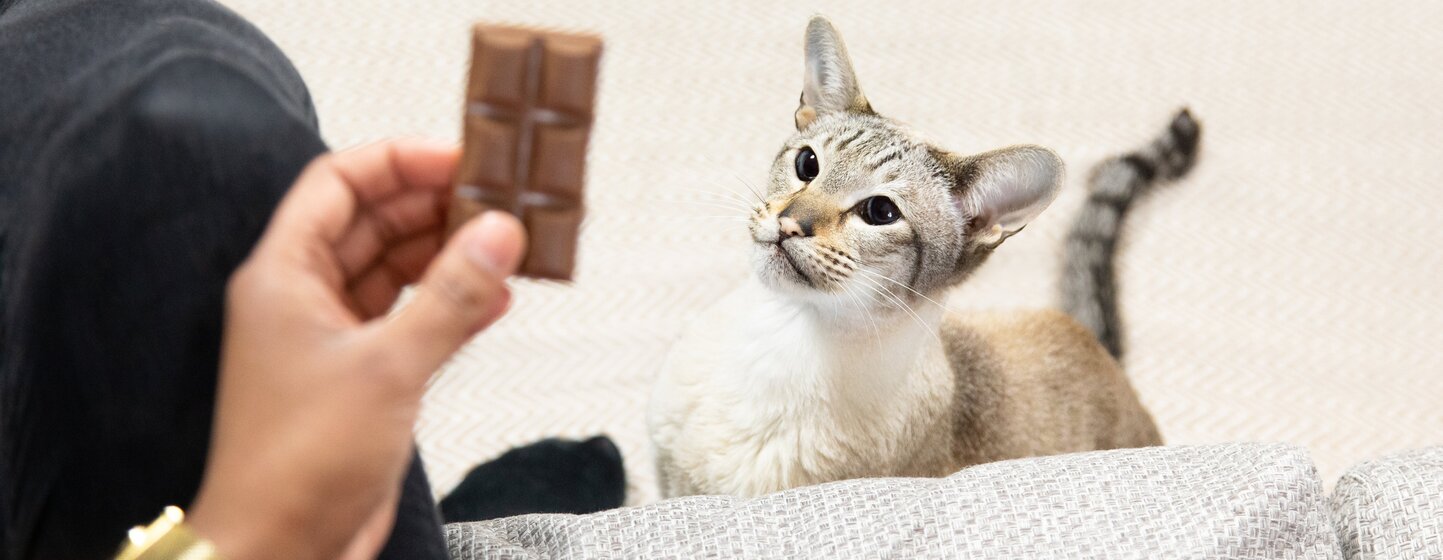
テオブロミンとカフェインの猫への影響
猫は人間とは異なる代謝系を持っており、テオブロミンやカフェインに対する耐性は人間よりもはるかに低い。これらの物質が猫に与える主な影響は以下の通りである:
- 中枢神経系:テオブロミンもカフェインも興奮剤であり、過剰摂取は猫の中枢神経系の過剰興奮を引き起こす可能性がある。
- 循環器系:これらの物質は心拍数を速め、不整脈や心停止を引き起こすことさえある。
- 消化器系:テオブロミンとカフェインは胃腸を刺激し、嘔吐や下痢を引き起こす可能性がある。
猫がチョコレートを食べた場合の症状と反応
猫がチョコレートを食べると、さまざまな中毒症状が現れますが、その程度は摂取した量やチョコレートの種類によって異なります。
- 嘔吐と下痢:最も一般的な初期症状です。テオブロミンとカフェインは猫の胃腸を刺激し、嘔吐と下痢を引き起こし、さらに脱水と電解質の不均衡を引き起こします。
- 心臓不整脈:テオブロミンとカフェインの心臓血管系への刺激作用により、不整脈が起こることがある。この状態は心停止に進展する可能性があり、生命を脅かす。
- 過剰興奮または抑うつ:中枢神経系が刺激された後、猫は過剰興奮、不安、震え、さらには発作などの異常行動を示すことがある。逆に、抑うつ、無気力、衰弱を示す猫もいる。
- てんかん:テオブロミンとカフェインを大量に摂取すると、猫にてんかん発作を起こすことがあります。この状態には早急な医療処置が必要であり、そうでなければ深刻な結果を招く可能性があります。
- 致命的な結果を招く可能性がある:チョコレート中毒を放置すると、重度の臓器障害を引き起こし、最終的には猫の命が危険にさらされる。テオブロミンとカフェインを大量に摂取すると、心不全や呼吸不全を引き起こし、死に至ることもある。
ダークチョコレートやベーキングチョコレートは、ミルクチョコレートやホワイトチョコレートよりも毒性が強いです。ペットがチョコレートを食べた場合は、できるだけ早く適切な処置ができるよう、すぐに獣医師に連絡し、体重、チョコレートの種類、食べた量を伝えることをお勧めします。
緊急治療
猫がチョコレートを摂取したことが判明した場合、中毒のリスクを最小限に抑え、猫の健康を守るために、以下の対策を直ちに講じる必要があります。
猫がチョコレートを食べてしまったら
- 獣医師に連絡するできるだけ早く獣医師に連絡し、専門的なアドバイスと助けを求める。摂取したチョコレートの量がそれほど多くないように見えても、注意が必要です。
- ペットの詳細情報を提供する:猫の体重、摂取したチョコレートの種類と量など、ペットに関する詳細な情報を獣医師に提供する。この情報は中毒の重症度を評価し、治療計画を立てるために不可欠です。
一般的な獣医学的治療法
獣医師は、猫の具体的な状況に応じて適切な治療法を講じる。一般的な治療方法は以下の通り:
- 嘔吐させる:猫がチョコレートを摂取したばかりの場合、獣医師はテオブロミンとカフェインの体内吸収を抑えるために嘔吐を誘発することがあります。これは通常、摂取後1~2時間以内に行うのが最適です。
- 活性炭:獣医師は猫に活性炭を投与して、消化管内のテオブロミンとカフェインを吸着させ、それ以上の吸収を防ぐことができる。活性炭は嘔吐直後に使用する必要がある。
- 投薬とモニタリング:中毒の重症度に応じて、獣医師は抗痙攣薬、心臓リズム薬、点滴など、さまざまな薬を使用することがあります。また、獣医師は猫の心拍数、呼吸、神経系の変化を観察し、治療が適時に調整されるよう注意深くモニターします。
チョコレート中毒に対処するには時間が重要です。迅速な対応と専門的な治療により、猫の生存率を大幅に高め、長期的な健康被害を軽減することができる。飼い主は、飼い猫がチョコレートに近づかないよう警戒を怠らず、緊急時には速やかに獣医師の助けを求めるべきである。

予防措置
愛猫をチョコレート中毒から守るには、予防が一番です。愛猫の安全を守るための実践的な予防策をご紹介します。
猫の誤飲を防ぐチョコレートの保存方法
- 高い場所に保管する:キャビネットの上や閉め切った収納棚の中など、猫が届かない高い場所にチョコレートを保管する。
- 密閉容器を使う:密閉容器にチョコレートを入れておくと、チョコレートの鮮度が保たれるだけでなく、猫が匂いを嗅いだり、包装を開けようとするのを防ぐことができます。
- 時間内に残渣を掃除する:テーブルやカウンターなどの表面にチョコレートが残らないようにし、猫が誤ってパンくずを口にしないようにする。
安全な環境を確保するために、家庭内のその他の有毒食品を知ろう
- 毒性のある食べ物のリストを作る:タマネギ、ニンニク、ブドウ、レーズン、アルコール、カフェインなど、猫にとって有毒な家庭内の一般的な食品を知り、リストを作る。
- これらの食品を猫から遠ざける:誤飲を防ぐため、これらの食品も猫の手の届かない場所に保管する。
- 猫よけの器具を使う:キッチンや収納スペースには、ドアロックやキャットドアなど、猫の行動範囲を制限する装置を設置する。
猫に対するチョコレートの危険性について、家族や訪問者を教育する
- 家族内でのコミュニケーション:家族、特に子供たちに、猫に対するチョコレートの危険性について教育し、猫にチョコレートを与えないよう強調する。
- 来客の注意喚起来客があった場合は、チョコレートやその他の毒性のある食べ物を猫の手の届くところに置かないように注意する。
- 情報の掲示:台所や居間など目につきやすい場所に注意書きを掲示し、ペットの食の安全に注意するよう呼びかける。
結論
チョコレートは猫にとって深刻な毒性を持っており、その潜在的な害を無視してはならない。チョコレートの成分と猫への影響を理解することで、飼い主は猫の安全と健康を確保するために必要な予防措置をとることができる。
幸運のフルーツ は、お客様と愛猫の食生活の健康に配慮しています。弊社が特別にデザインしたチョコレートスナックシリーズは、一つ一つ個別に包装されており、持ち運びや保管に便利なだけでなく、猫が誤って食べてしまうのを効果的に防ぐことができます。弊社は、チョコレートで覆われたひまわりの種バルク、チョコレートで覆われたピーナッツバルク、チョコレートグミキャンディ、チョコレートポッピングキャンディ、チョコレートクリスピーボールバルクなど、さまざまなパッケージのチョコレートスナックを卸売しています。
ペットの安全を守りながら、おいしい食事を楽しんでいただきたい。ラッキーを選ぶ 幸運のフルーツチョコレートスナックの大量購入のための最初の選択肢として、社会的に思いやりのあるチョコレートスナックメーカーである。 ここをクリック をクリックして、チョコレートスナックの卸売りをご覧ください。

